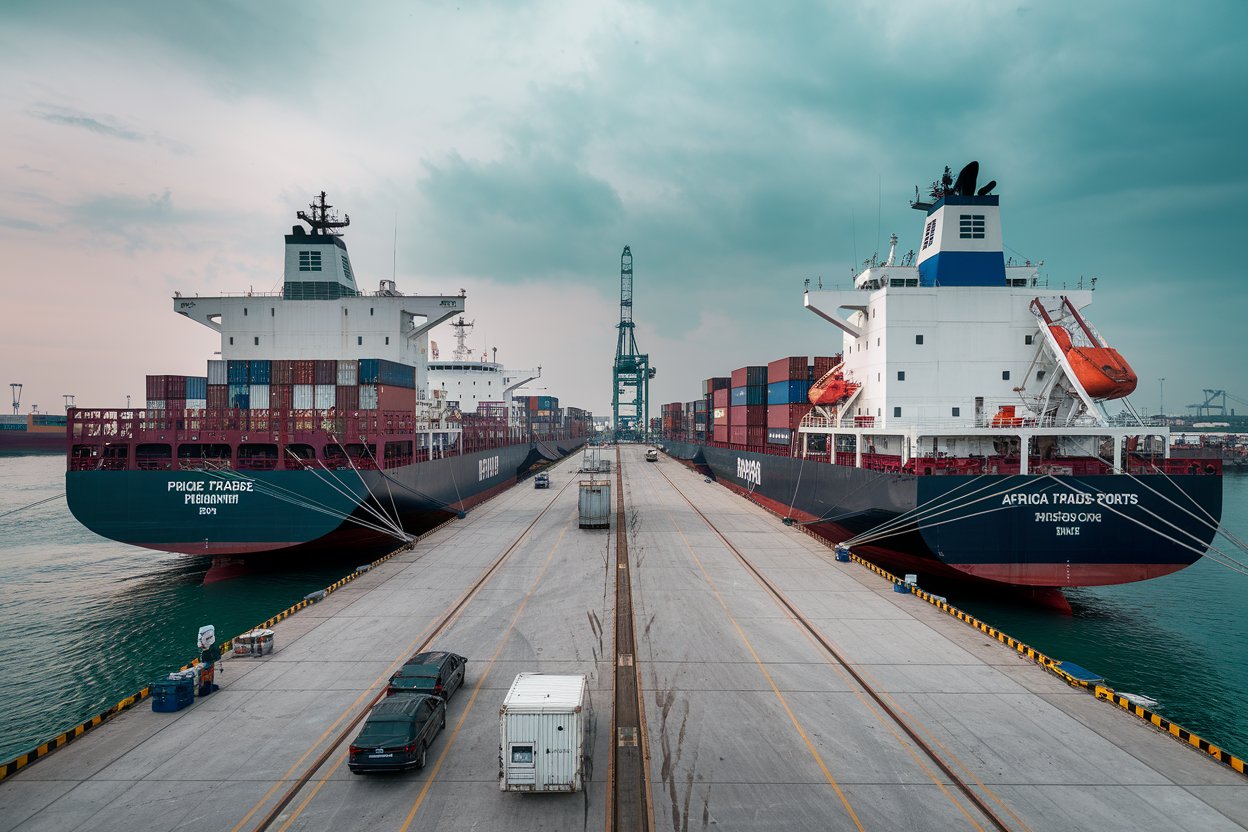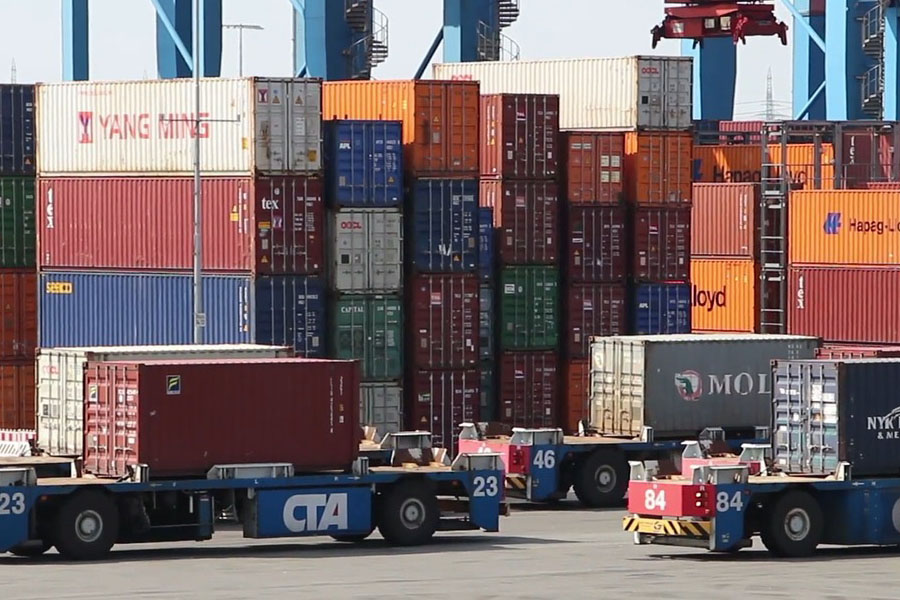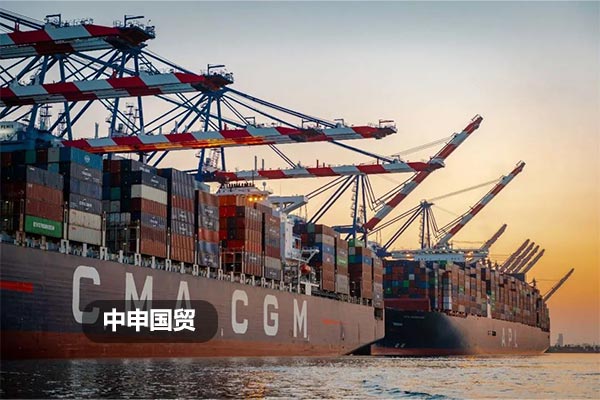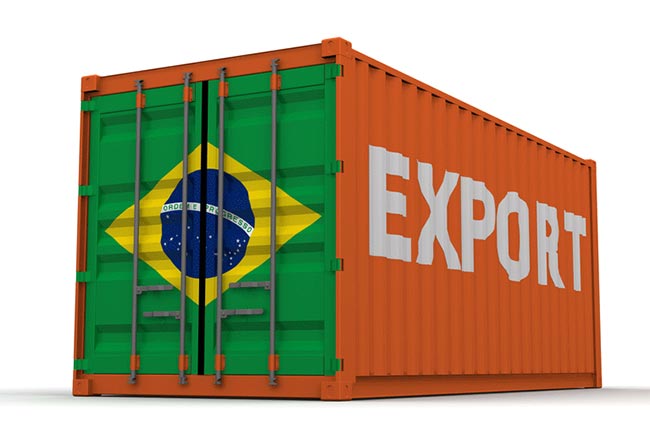- Shanghai Zhongshen International Trade Co., Ltd. - Two decades of trade agency expertise.
- Service Hotline: 139 1787 2118
The first step in customs clearance is to submit documents. Of course, different countries have different policies. Some require importers to register with the customs system for certain industries, such as the model of imported cars, etc. Of course, the person in charge of customs clearance should be familiar with customs policies because the situations in various countries are different.
Then there is the bill - of - lading exchange. Maybe some users dont understand this term. For the purpose of this discussion, the bill - of - lading exchange is a change of the bill of lading. In other words, the intermediary changes the recipient from himself to the actual buyer.
Then proceeds to electronic archiving phase. During this process, customs must accurately describe goods content and submit to authorities, automatically generating special documentation upon completion. After electronic reporting, inspection request procedures commence where customs officers verify goods with relevant documents to ensure lawful import/sale.
Once you allow the customs to inspect the goods, comply with the regulations of your country/region and pay the customs duties, you can successfully receive the customs clearance form. When the customs officer enters the release form, it is transmitted to the customs. At that time, the customs will clear the goods according to the model, quantity and specifications indicated on the bill of lading.
Related Recommendations
? 2025. All Rights Reserved. Shanghai ICP No. 2023007705-2  PSB Record: Shanghai No.31011502009912
PSB Record: Shanghai No.31011502009912










